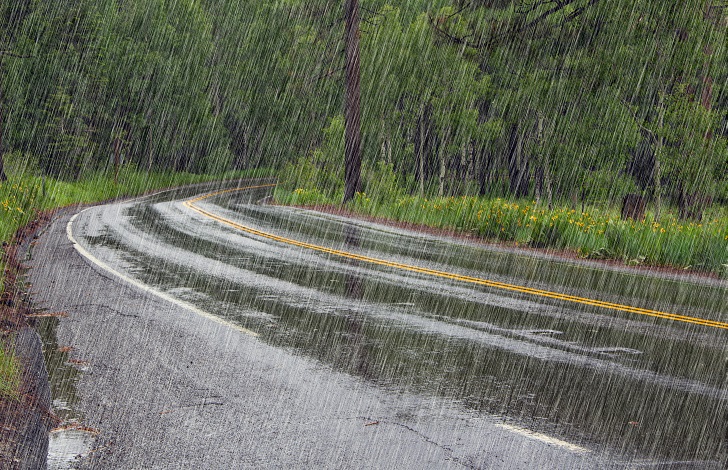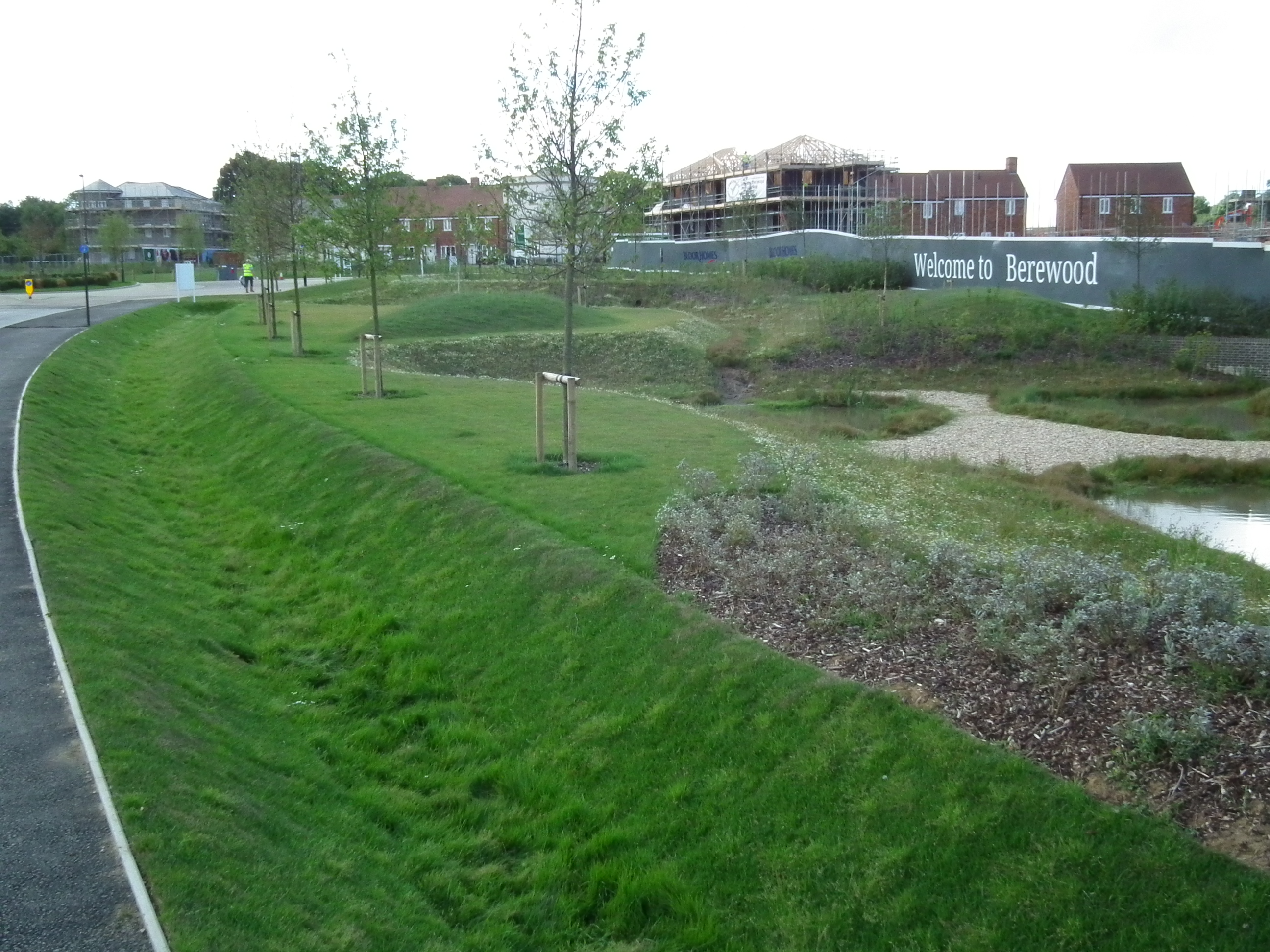

In a first for the UK water industry, a code of practice for assessing surface water treatment technologies has been published. British Water explains the collaboration that will help deliver best practice in SuDS design.
The first ever UK water industry Code of Practice (CoP) for assessing the performance of surface water treatment technologies has been published. Titled Code of Practice: Assessment of Manufactured Devices Designed to Treat Surface Water Runoff, the document took over two years to develop and has been supported by the Environment Agency and manufacturers of surface water treatment devices.
British Water members ACO Technologies, Hydro International and Polypipe joined with the environmental regulator to sponsor an in-depth study of UK rainfall by research consultancy HR Wallingford. The information was key to the development of a robust product testing protocol.
Standards are necessary to demonstrate how well proprietary devices used in sustainable drainage systems (SuDS) treat run-off and remove polluting sediments and heavy metals from the water cycle. Until now, there was no standard for testing in the UK.
Conducting tests overseas creates a heavy cost burden which was prohibitive for smaller UK manufacturers looking to sell at home. This Code of Practice defines the process necessary to measure the pollutant capture and retention capability of any device entering the UK market.
Voluntary code
The voluntary CoP allows professionals delivering SuDS to apply a risk-based approach to minimizing the environmental impact of the diffuse pollution from runoff. Verifying the capture and retention capabilities of different devices for a range of pollutants gives regulators, designers, specifiers and local authorities the information they need to select the most appropriate technology in a given application.
The tested devices are typically used to treat runoff from urban and residential hard-surfacing such as roads and car parks. Part of the CoP is aimed at determining three functional requirements of treatment devices:
• Typical pollutant capture efficiency for frequent, sub-annual rainfall events. • Sediment retention capability for up to 1:2 year rainfall events likely to cause washout. • Capability of filter media to retain dissolved pollutants under the influence of de-icing salt .
The CoP’s primary focus was marker pollutants: sediment is the top priority pollutant because particulate matter and associated pollutants make up about two-thirds of the pollutants load in surface run-off, with the other third being dissolved components.
Water quality
Sediment can impact on multiple water quality parameters including turbidity, biological and chemical oxygen demand (BOD and COD), heavy metal contamination and pH values. The pollutants mainly stem from anthropogenic particles interacting with hard surfaces in the urban environment, such as rubber from vehicle tyres on roads or atmospheric deposition from industrial processes.
Determining the appropriate sediment size for capture was an important part of the CoP and the particle size distribution (PSD) selected represents that seen in typical UK roads and car parks.
When comparing the PSD from the existing US and Germany standards, research in the UK showed similar distribution to US and European roads. This meant existing standard test sediment represented fairly closely what would normally be expected in UK surface water runoff. The standard sediment referred to in the CoP is the same as that used in German tests and is similar to US models.
A key difference between the existing protocols is that the US’ codes of practice aim to protect open water bodies and rivers, while Germany’s CoP seeks to protect discharges to groundwater, where aquifers could be contaminated, so the German standard includes quite stringent testing of dissolved pollutants.
Dissolved pollutants
For the UK standard, it was considered important to include removal of dissolved pollutants as an option, rather than a requirement. This means the best elements of both countries’ standards were incorporated.
Removing sediment and grit is a physical process, while removing a dissolved metal is a chemical process, so the optional testing of dissolved metals means manufacturers not making a claim on dissolved pollutants do not need to go down that route and designers can select equipment according to site requirements.
Reliable testing
The new CoP provides a reliable test protocol for manufacturers, giving integrity to devices and revealing variations in product capabilities. It supports best practice in design by providing clear comparison data, so they can target specific sediment compositions and dissolved metals in the most efficient way at a given site.
Approval and certification under the Code of Practice: Assessment of Manufactured Devices Designed to Treat Surface Water Runoff will allow manufacturers to demonstrate that their published capture and retention capabilities have been tested. The tests can be completed by the manufacturer or at a commercial test facility but must be witnessed by an approved independent UKAS-accredited third-party.
British Water is now seeking a partner in the position to install and run testing equipment. The trade association is also preparing an interpretation document to advise SuDS designers how the CoP can be used in conjunction with the calculations in the CIRIA SuDS Manual.
The Code of Practice can be downloaded at: http://www.britishwater.co.uk/Publications/manufactured-treatment-devices.aspx






